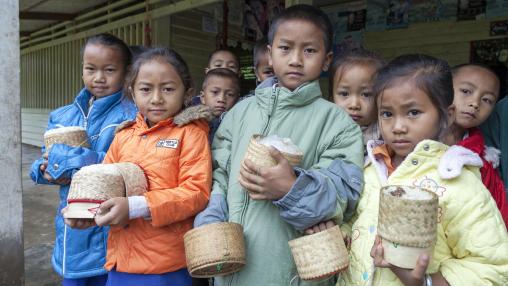
The Cost of Ending Hunger
In 2015, there were 795 million hungry people around the world . Tackling this issue by 2030 is one of the main goals set forth in the Sustainable Development Goals (SDGs). According to a new brief from IFPRI and the International Institute for Sustainable Development (IISD) , reducing the share of the population affected by undernourishment to 5 percent, or lower, in every country will come with a significant but affordable price tag.
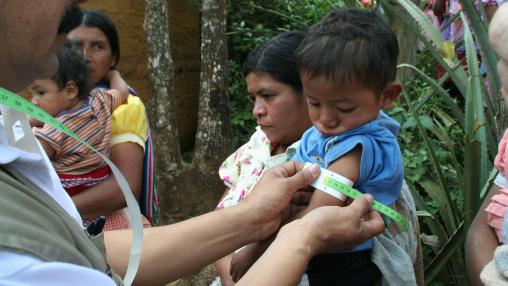
Overcoming malnutrition: Why policies on trade and markets matter
This post originally appeared on the ICTSD site . It is based on a longer ICTSD paper .
The 2030 Agenda for Sustainable Development , approved last year in New York, sets a ground-breaking new commitment for all countries: to end hunger and “all forms of malnutrition” by 2030. This post examines how policies affecting trade and markets are relevant to the new commitments on hunger and malnutrition; looks at past progress and projected trends; and examines options for government action in years ahead.
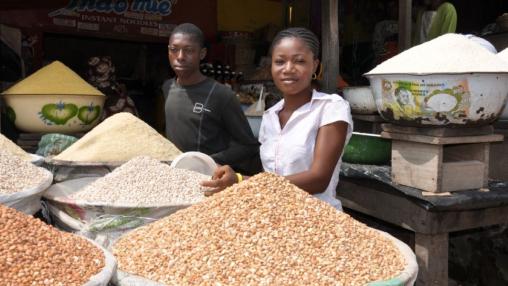
Latest FAO Monthly Report on Food Price Trends Released
FAO’s October report on food price trends was released this week. The bulletin reports on recent food price developments over the past month at the global, regional, and country levels, with a focus on developing countries and provides early warnings for high country-level food prices that may negatively affect food security.
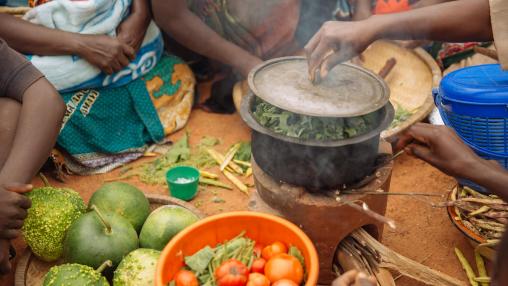
Hunger Falling Globally, But Progress Still Needed at the National and Sub-National Levels
According to the 2016 Global Hunger Index (GHI) , released today, the developing world has made substantial progress in reducing hunger, falling by 29 percent since 2000.
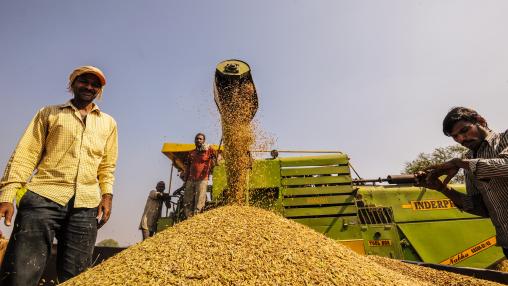
October editions of the FAO Food Price Index and AMIS Market Monitor Released
The latest editions of the FAO Food Price Index and AMIS Market Monitor were both released on October 6. The FAO Food Price Index is a measure of the monthly change in international prices of a basket of five food commodity groups, while the AMIS Market Monitor covers the international markets for wheat, rice, maize, and soy and provides an overview of the market situation and outlook for each of these crops.
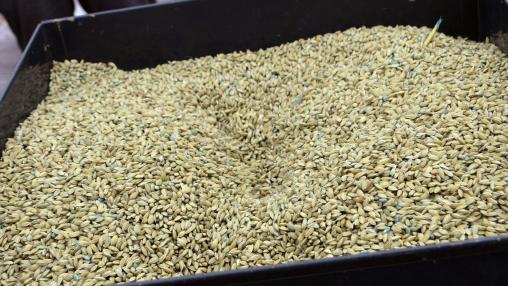
FAO Crop Prospects and Food Situation Report
FAO’s third 2016 Crop Prospects and Food Situation Report was recently released. The report is published four times a year and provides a review of the food situation by geographic region and includes a section dedicated to the Low Income Food Deficit Countries (LIFDC) and a list of countries requiring external assistance for food.
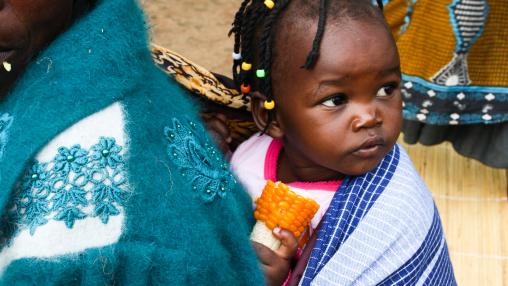
September FAO Food Price Trend Report Released
The FAO’s monthly report on food price trends was released last week. The bulletin reports on recent food price developments over the past month at the global, regional, and country levels, with a focus on developing countries and provides early warnings for high country-level food prices that may negatively affect food security.
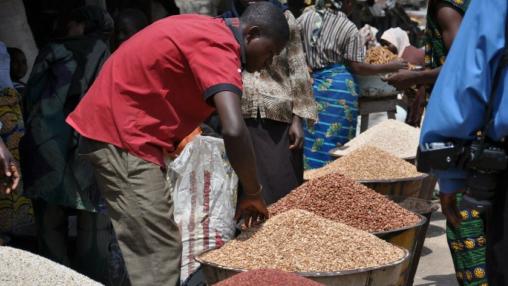
September Edition of the AMIS Market Monitor Released
The latest edition of the AMIS market monitor, released on September 8, shows that the international price of wheat, maize, rice, and soybean has decreased since July. This decline has been driven by improved global crop prospects and plentiful export availabilities.
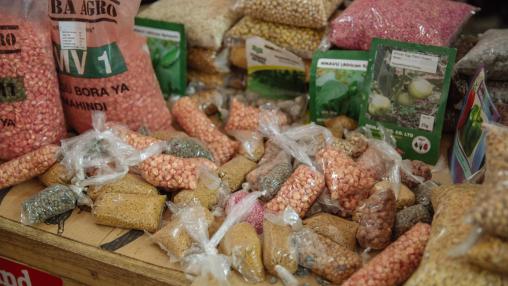
Latest FAO Food Price Index Hits a 15-month High in August
The August FAO Food Price Index increased by 3 points (1.9 percent) from July to 165.6 points reaching a 15 month high. This increase was predominantly driven by price increases in dairy, oils and sugar, though all commodities covered except for cereals experienced an increase.
The August Cereal Price index fell by 4.5 points and is currently 7.4 percent below its year earlier level. The completion of wheat harvests in the northern hemisphere placed downward pressure on wheat prices. Similarly, maize prices decreased due to excellent crop prospects in the United States.
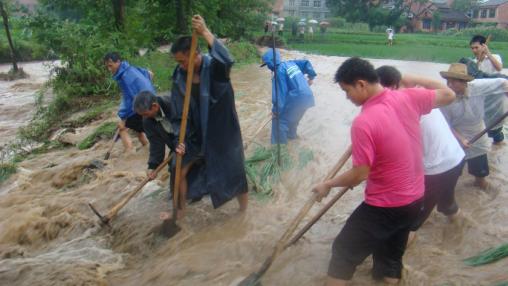
Above-Average Monsoons in Southeast Asia Bring Flooding
The monsoon season in Southeast Asia extends from May through September. According to a special report from the FAO's Global Information and Early Warning System (GIEWS), this year's monsoon season has seen above-average rains, along with a series of typhoons and tropical storms from June through early August. These conditions have caused severe flooding in several of the Food Security Portal's prioritized countries , resulting in loss of life, displacement of large populations, damage to farms and infrastructure, and loss of livestock and stored food.